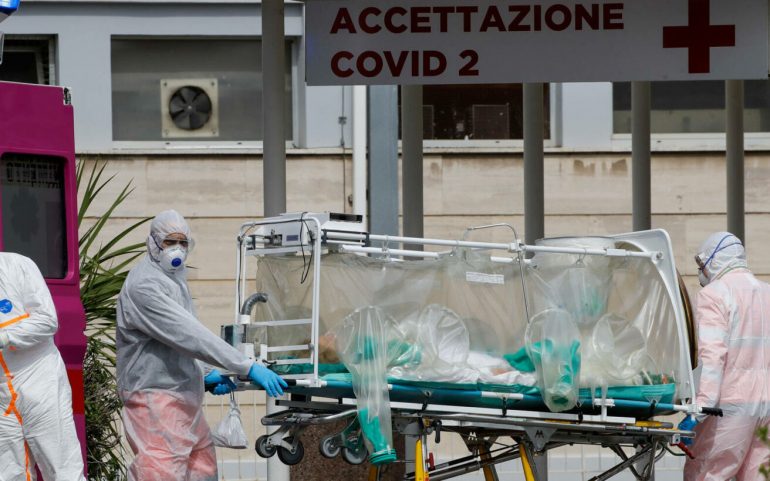It was November 9, 2015 when the prestigious scientific journal "Nature Medicine" published a controversial study.
An international team of researchers made one in the laboratory coronavirus which was associated with SARS and could infect human cells.
A hybrid of bat virus and SARS, the extremely dangerous microorganism could infect humans and possibly cause epidemics.
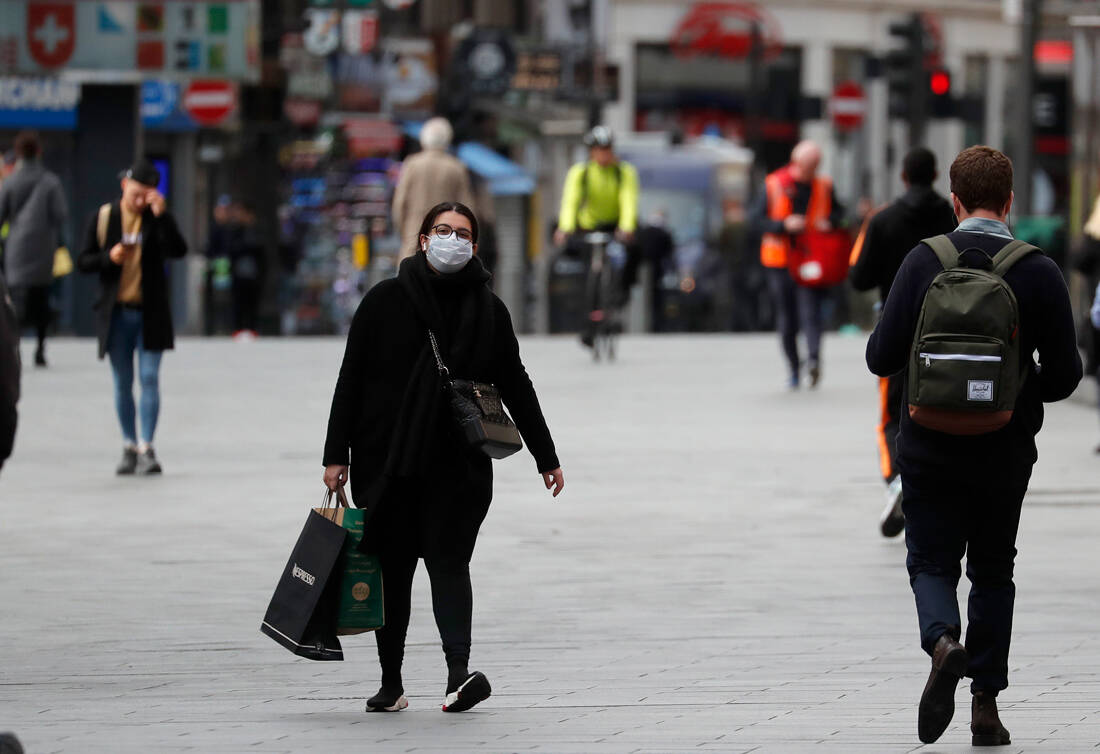
Since its inception, the study has caused a stir in the scientific community, as many academics have publicly questioned the need and importance of such experiments.
Some even said that these experiments are too risky and it is best not to do them.
Four years later, people would know a scary one epidemic coronavirus. Many remembered the landmark research and began to associate it with what we tragically live in our day.
But are they all fake news and conspiracy theories?
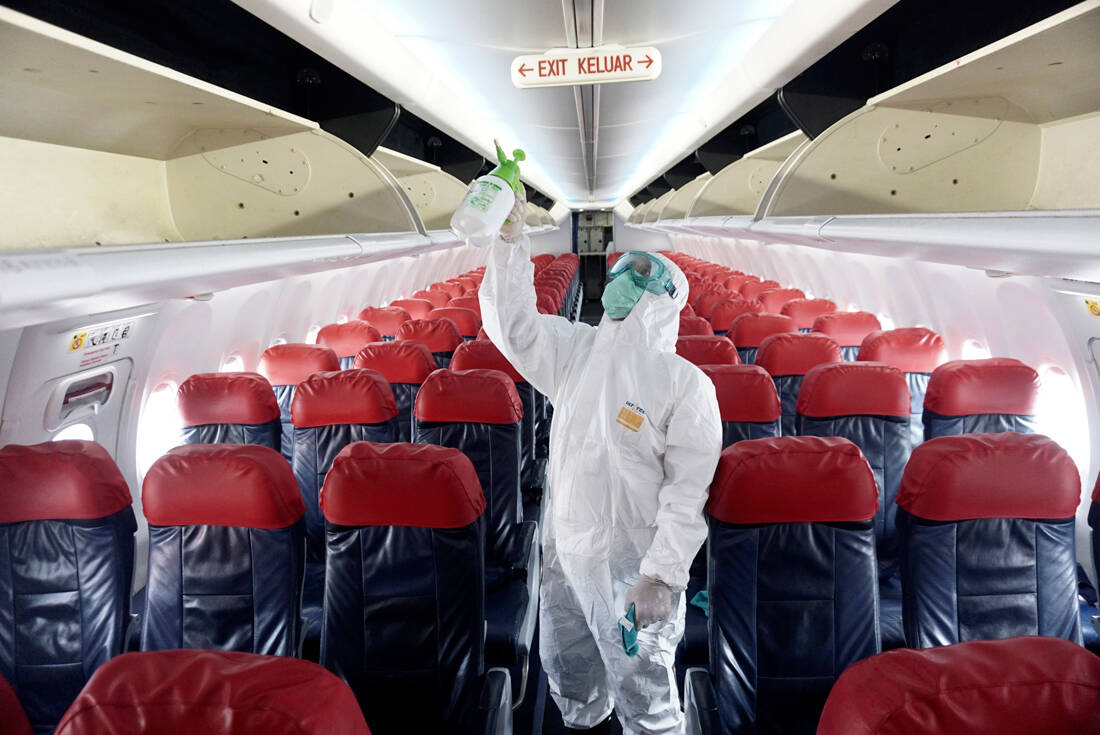
American, Swiss and Chinese researchers formed the team that created a new coronavirus. As we were told in the "Nature Medicine" review, the laboratory-made virus was a combination of the SARS virus and a related coronavirus of bats, called SHC014.
The resulting hybrid virus was capable of infecting mice as well as cell cultures from the human immune system.
The research team argued that the experiment had value, as it proved that the SCH014 virus could potentially infect humans, a fact that urged epidemiologists to be vigilant.
And normally that would be all. Such things, moreover, remain entrenched in narrow scientific contexts and do not concern the general population.
Only today, with so many people referring to this study to tell us that the coronavirus outbreak was not just accidental, the experiment acquires another value…
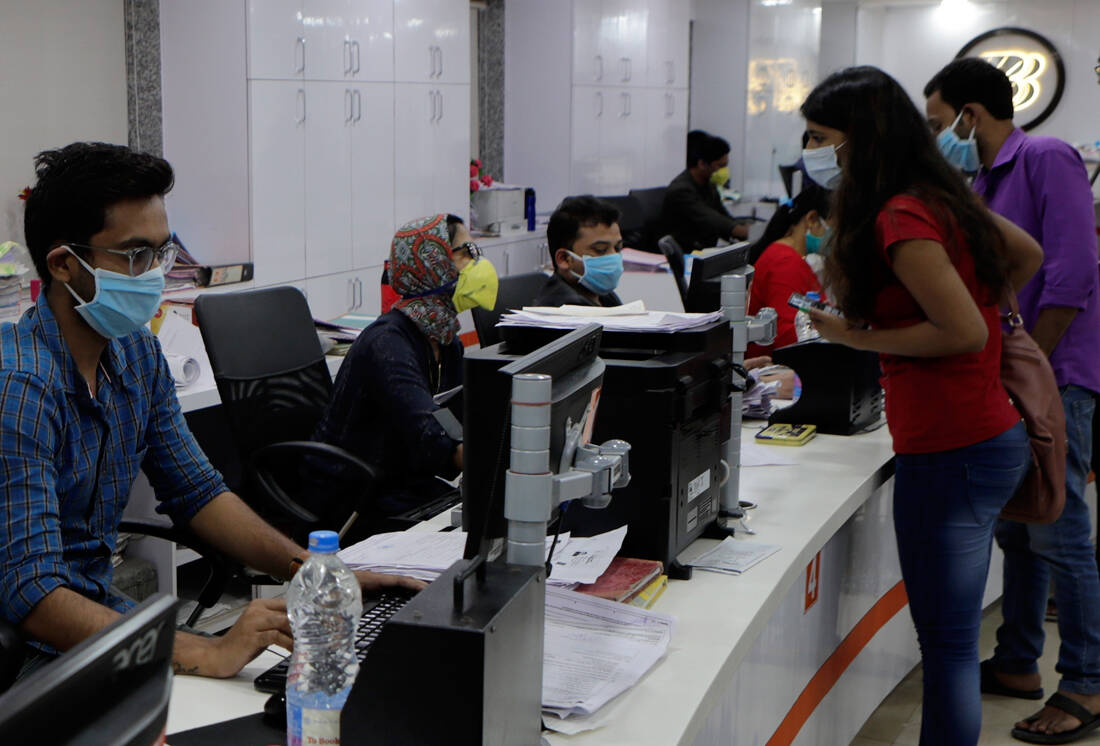
Following the publication of the research, scientific objections rained down. Not everyone agreed that such findings justify the risk.
The same thing had happened in 2012 with laboratory viruses. Now it was the experiments with them influenza viruses and the following year came the even more dangerous studies with bird flu.
The controversy within science over the creation of deadly viruses in the laboratory has been fiery. At a time when researchers claimed that everything was being done for the good of humanity, to deal with possible pandemics, the most conservative were worried about the accident of a virus escaping from the laboratory or becoming the target of bioterrorism.
The uproar was such that in October 2014 the US government imposed a moratorium in the federal funding of experiments involving dangerous viruses. Influenza viruses, SARS and MERS, in particular.
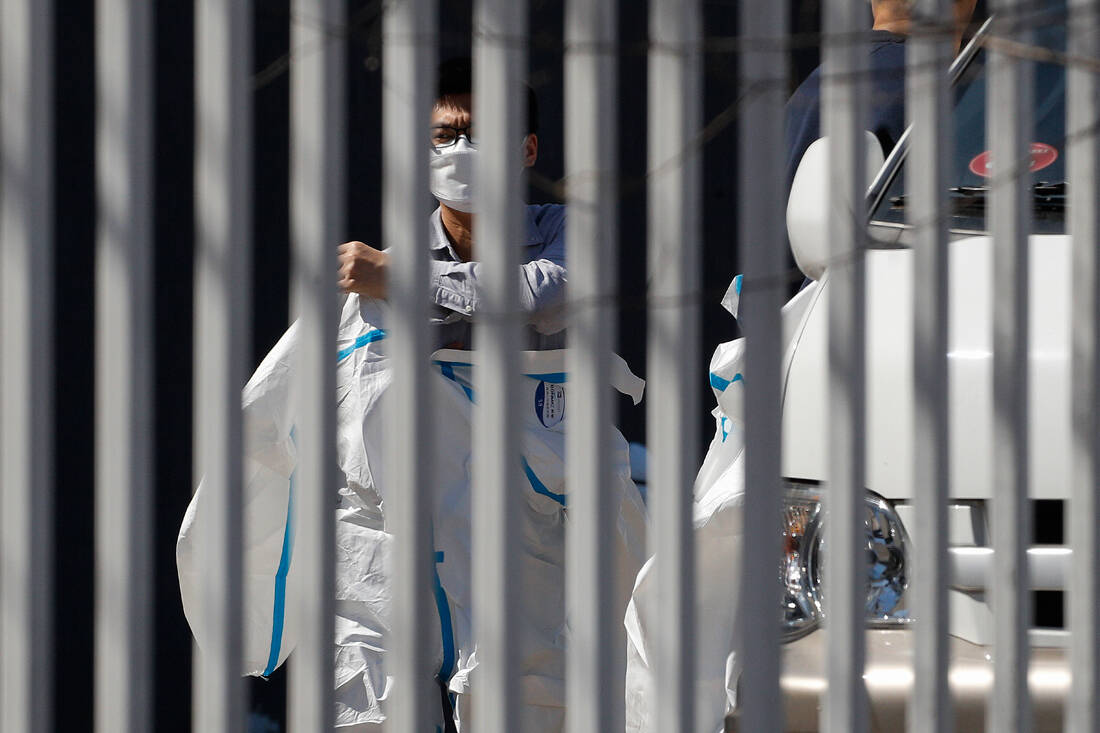
This study had already been approved and it was not considered important to stop the funding cannula. The lead researcher, Ralph Baric of the University of North Carolina, said his study was not dangerous enough to be banned.
Simon Wain-Hobson, a virologist at the Pasteur Institute in Paris, was no doubt less certain, warning from the outset: virus escape, no one could predict its course ". This is what he said to "Nature" on November 12, 2015.
Richard Ebright, a molecular biologist at Rutgers University, said something similar in the review: "All that emerges from this study is the creation of a new, unnatural risk."
Proponents of her case have been working to make the actual transcript of this statement available online. The coronaviruses in bats, they told us, can be transmitted to humans, so it is good to know them in advance.
"[The results] are moving this virus from a potential pathogen to a clear and real danger," Peter Daszak, president of the EcoHealth Alliance, which collects samples of animal and human viruses in "red" areas, told Nature. outbreaks of epidemics…

In the article "Nature" of November 12, 2015 that assessed the risks of this experiment has now been added a footnote from the editorial team. And added in March 2020.
"We know this story is being used as a basis for unconfirmed theories that the new coronavirus that causes COVID-19 was made. There is no indication that it is true. "Scientists believe that an animal is the most likely source of the coronavirus."
Corresponding footnotes have been added to other scientific articles that talked about the experiment at the time. We read elsewhere:
"There is a theory on social media and news networks that the coronavirus is the basis of the pandemic COVID-19 comes from a research laboratory. "Scientists say there is no evidence that SARS-CoV-2 escaped from a laboratory."
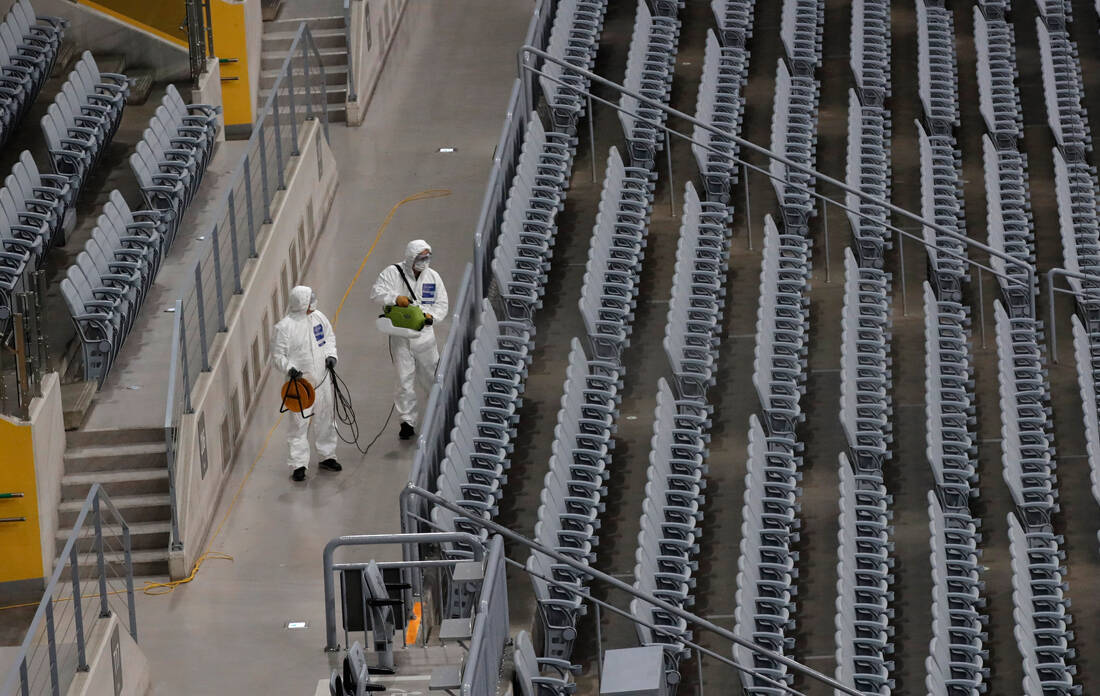
From the very first moments of the epidemic of the new coronavirus SARS-CoV-2, when it once concerned only China, the theories gave and took about the origin of the dangerous strain.
A laboratory in Wuhan was suggested by conspiracy theorists in the most popular such scenario, from which the virus escaped and spread to the citizens. Later the script was enriched, telling us now that the virus was deliberately made as a bio-weapon.
Scientists insist, however, that there is no evidence to suggest such a possibility. We may not know exactly where it came from, but we know how it was not made in any laboratory.
To be fair, conspiracy theorists do not get everything out of their heads. An article by the social scientist had an important impact here Steven Mosher in the New York Post, where he claimed that it all started at the Wuhan Institute of Virology and that the virus was of laboratory origin.
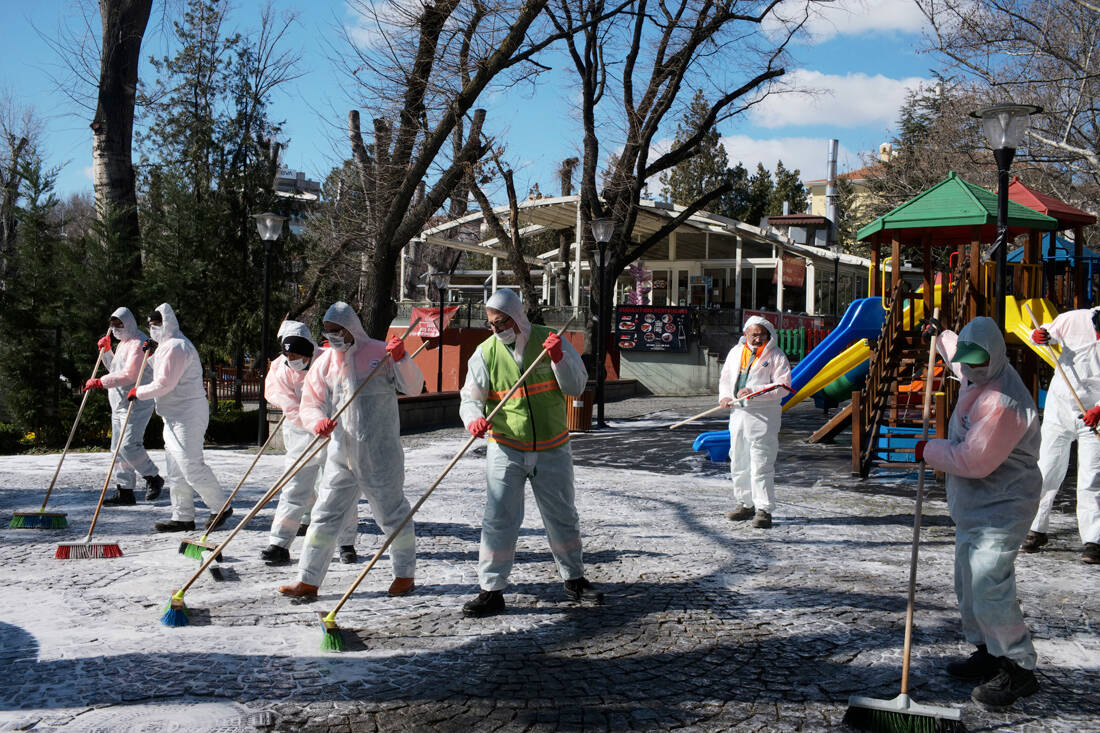
The tragic thing here is that after the outbreak of SARS in 2003, SARS-CoV executives escaped several times from such laboratories in China! On April 25, 2004, for example, the World Health Organization revealed that the new SARS wave in China, which quarantined hundreds, was started by two researchers experimenting with the virus in a Chinese institute (Beijing) laboratory.
The World Health Organization even updated in response to the accident safety regulations for those working with SARS. As for China, it simply replaced the director of the Center for Infection Control and Prevention.
It is certainly the fact that science does not yet know the exact source of the new coronavirus that leaves such room for speculation at its best, misinformation and propaganda at worst.
Worse still, we do not know if SARS-CoV-2 started infecting humans immediately after its first transmission from a wild animal or if, on the contrary, it went through many intermediate stages until it reached humanity.
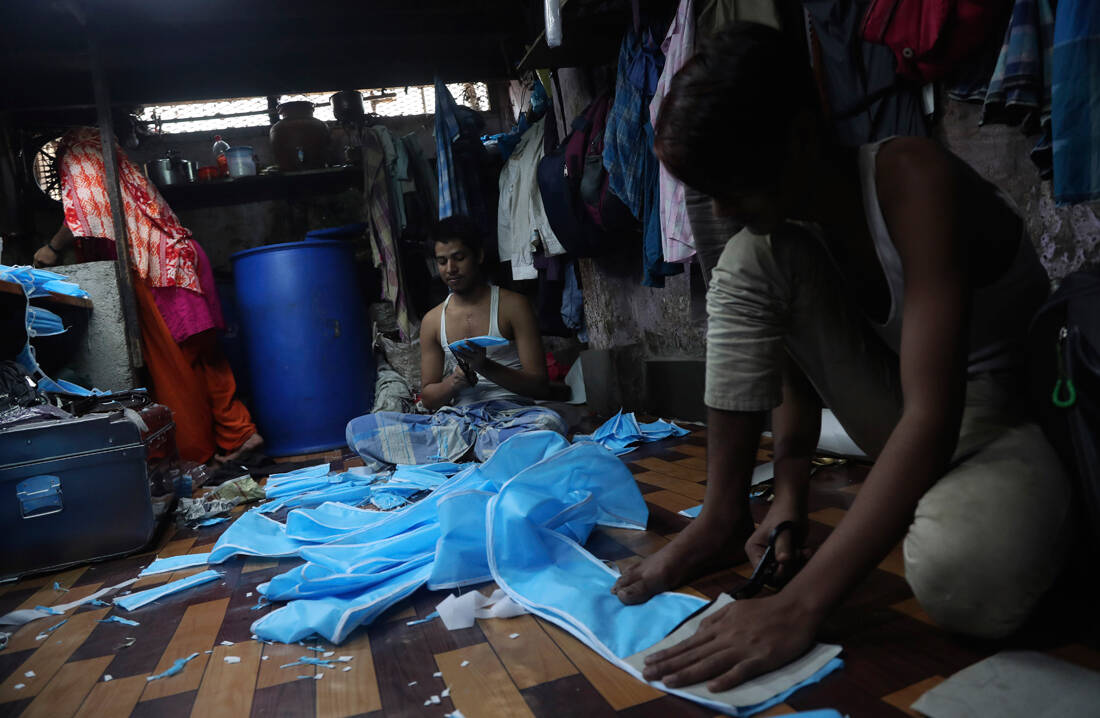
The scientific community speculates that the new coronavirus comes from the wild, at the same time that an analysis of SARS-CoV-2 by the Wuhan Institute of Virology indicates that the virus genome is 96% the same with the coronaviruses found in bats.
But the other thing is, we have not found any trace of human manipulation of the SARS-CoV-2 strain. As the script wants. The genomic analysis of the new coronavirus bears no resemblance to so many human-made coronaviruses in the laboratory.
Unfortunately, we do not yet know much about the virus that has plunged humanity into fear and mourning. However, science is working tirelessly to reveal everything that concerns him.
Let her do her job as long as we follow the safety rules…
